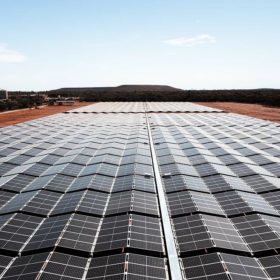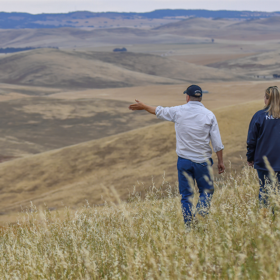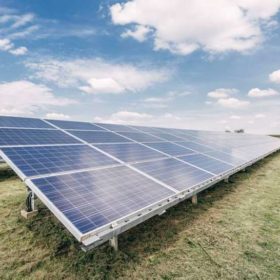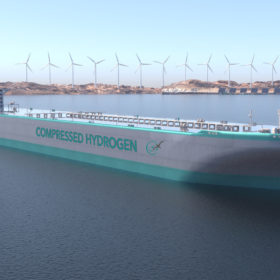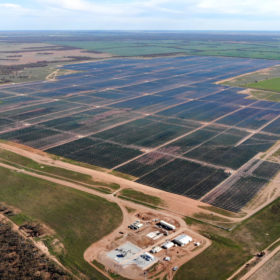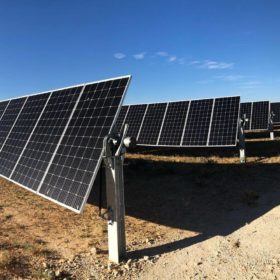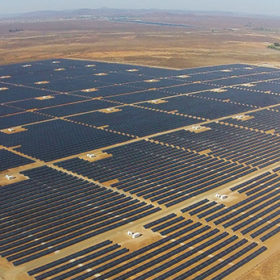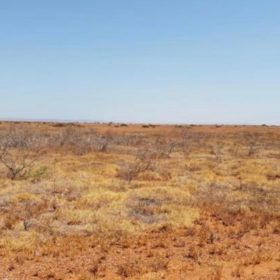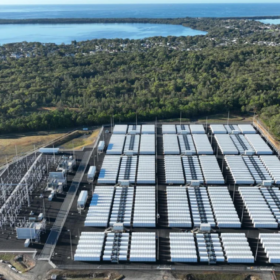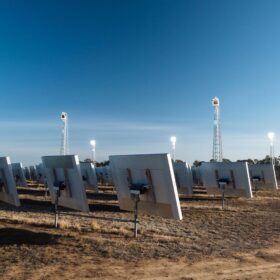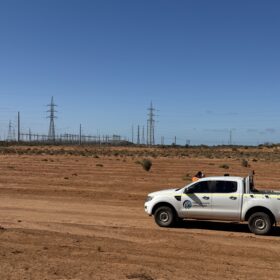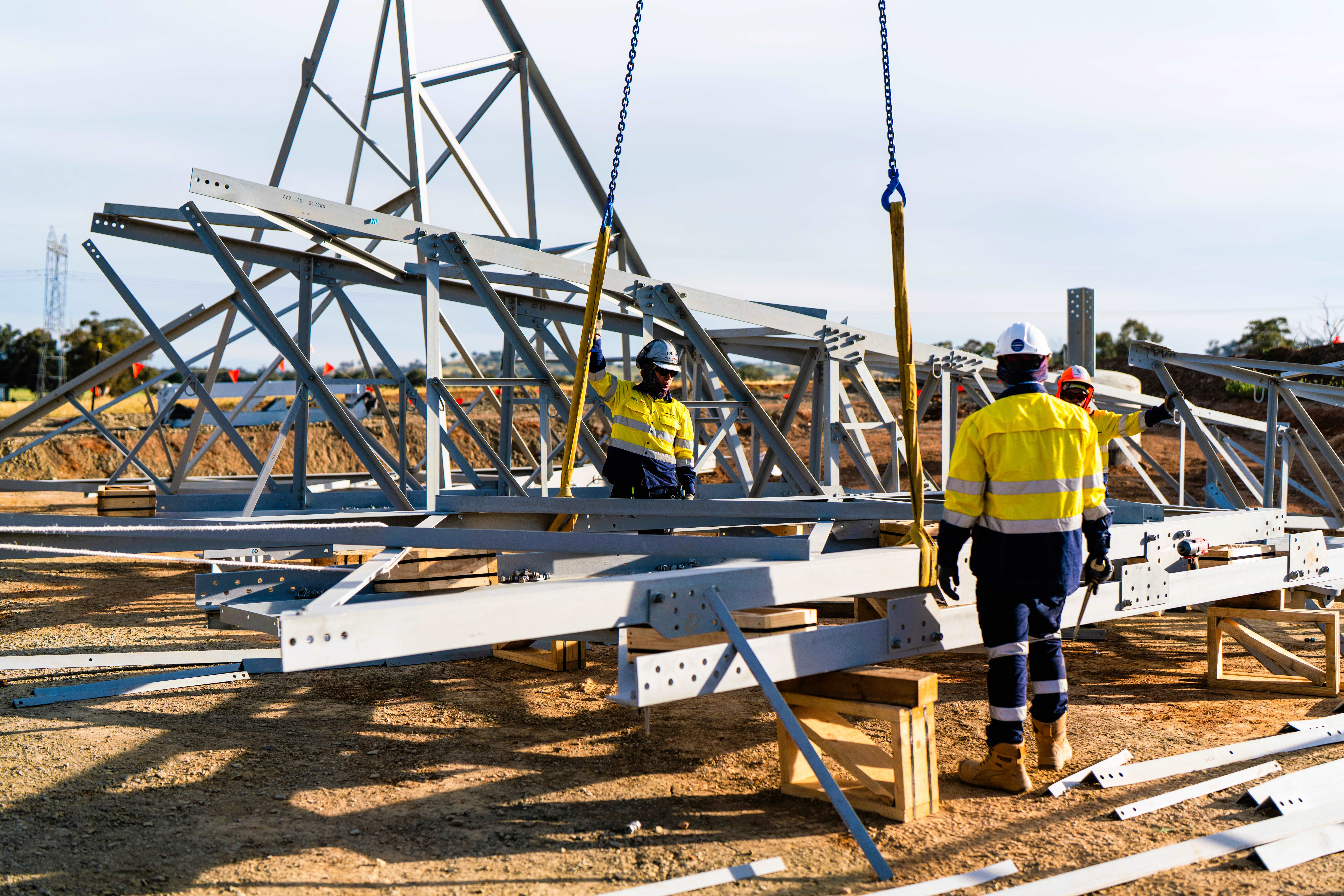Solaris ex machina: 5B gets funding boost for solar installation robots
Sydney-based solar pioneer 5B has launched a $33.4 million tech innovation program, including a $14 million grant from the Australian Renewable Energy Agency, designed to accelerate the delivery of ultra low cost solar. While a majority of the investment is portioned off for an advanced manufacturing pilot line, approximately a third of the available funds will be used to deliver GPS-guided solar deployment robots.
Philippines clears 62 PV projects totalling 1.3GW for renewable portfolio standards
The list of the eligible renewable energy producers also includes 36 hydropower facilities totalling 412.8MW, 36 biomass schemes with an aggregate capacity of 264.8MW, seven wind farms with a total power of 409.9MW, and six geothermal power plants totalling 218.5MW.
Neoen starts work on its ‘most ambitious project’
French renewables developer Neoen has started early works on its Goyder Renewables Zone, just north of Adelaide in South Australia. When completed, the project is likely to be the country’s largest wind, solar and battery storage project.
BayWa r.e. adds another solar project to development portfolio
The Australian arm of German-headquartered renewable energy developer BayWa r.e has added to its growing portfolio of solar PV projects with state and local governments providing the tick of approval for a proposed $18.9 million solar farm to be constructed near Wagga Wagga in New South Wales.
GEV launches development strategy for proposed 2.8 GW green hydrogen project
Western Australian renewables company Global Energy Ventures is steaming ahead with its plan to establish a massive 2.8 GW green hydrogen production and export facility on the Tiwi Islands off the coast of the Northern Territory, announcing it has already commenced the development program.
Decmil declares Sunraysia Solar Farm nearing completion
The much-delayed Sunraysia Solar Farm is seemingly a step closer to commencing production – more than 24 months behind schedule – with Australian engineering firm Decmil Group confirming the PV project has been given the green light following the successful completion of the required hold point testing.
Sojitz teams with CS Energy in green hydrogen export project
Japanese trading house Sojitz Corporation has announced it will collaborate with Queensland government-owned utility CS Energy and Nippon Engineering Consultants on a project to transport green hydrogen produced in Australia to the Pacific Island nation of Palau in a bid to reduce a reliance on fossil fuels.
British investment group snaps up Queensland solar farms
British solar PV project investor Foresight Solar Fund continues to build its Australian renewable energy portfolio, acquiring 100% ownership of the 30 MW Oakey 1 and 17 MW Longreach solar farms in Queensland.
162MW Columboola Solar Farm successfully connects to network
The 162MW (AC) Columboola Solar Farm in the Western Downs of Queensland between Chinchilla and Miles has been successfully connected to the transmission network. QLD government-owned CS Energy has agreed to purchase 100% of the solar farms approximately 440GWh of annual clean energy for the next 10 years.
Woodside submits plan for 500MW of PV and 400MWh of battery storage in the Pilbara
Oil and gas giant Woodside Energy has submitted the proposal for its 500MW Solar Facility to the Western Australian Environmental Protection Authority. The proposal sees Woodside looking to install up to one million solar panels to help power industrial customers in the region, including its own Pluto LNG export facility.
